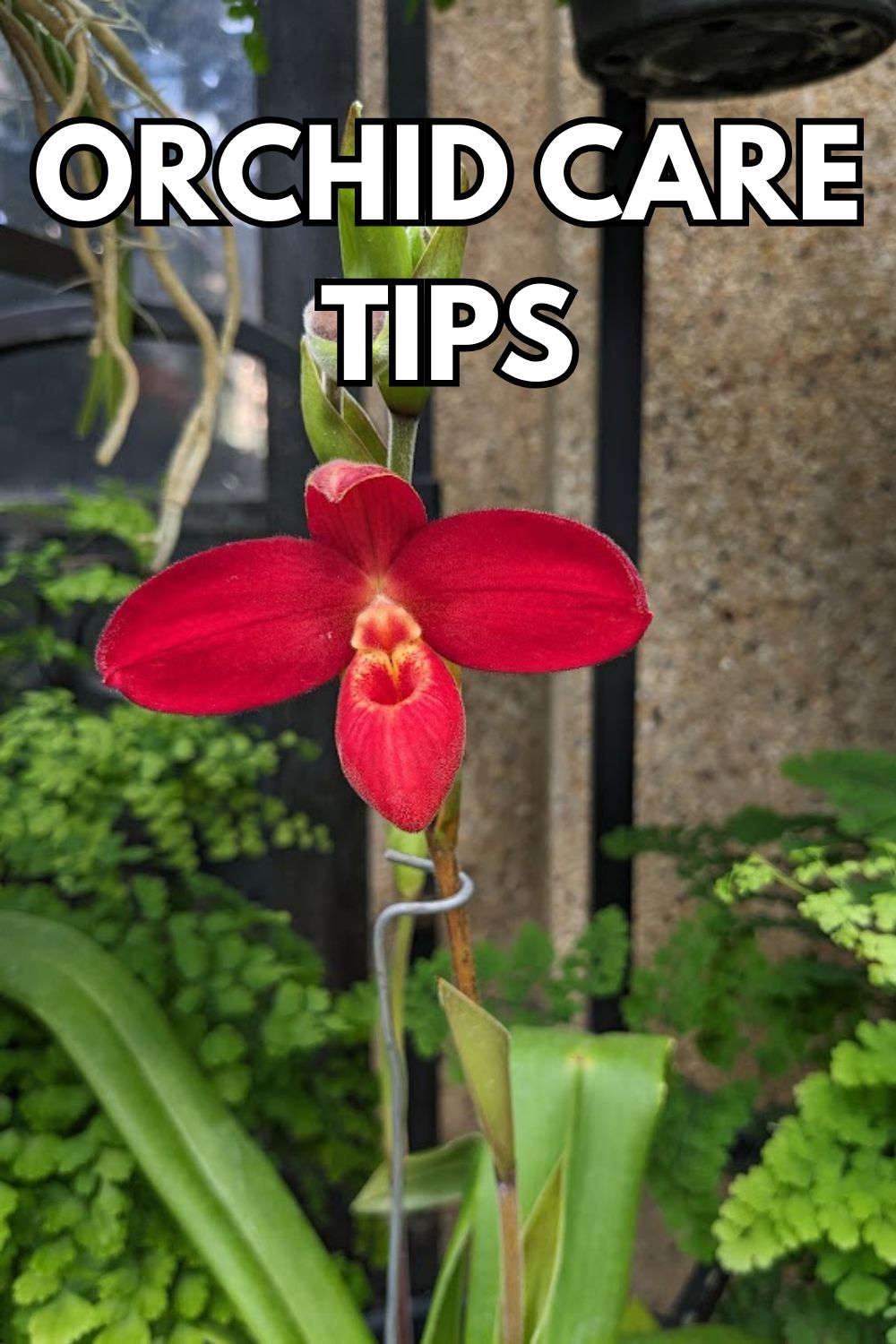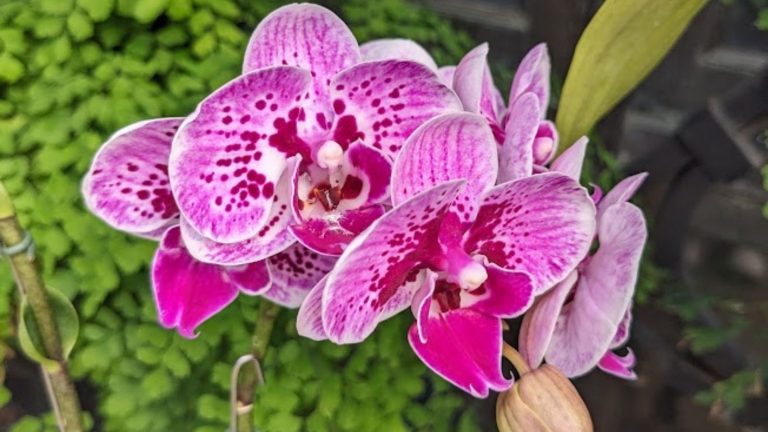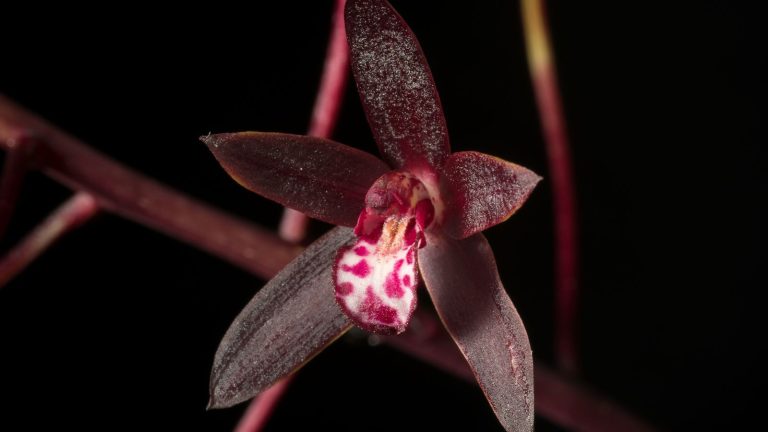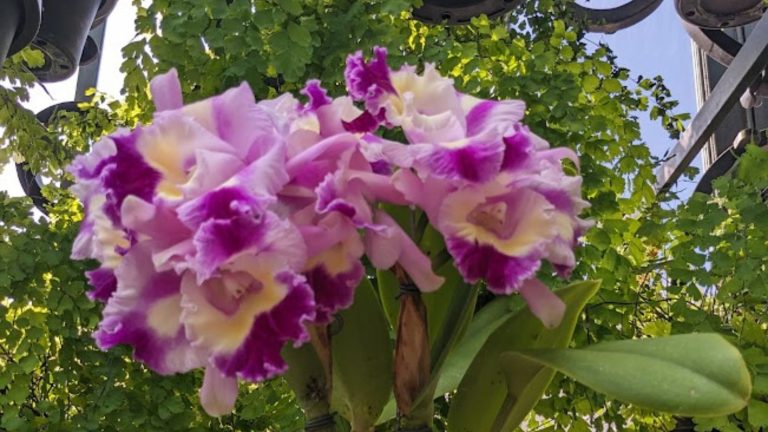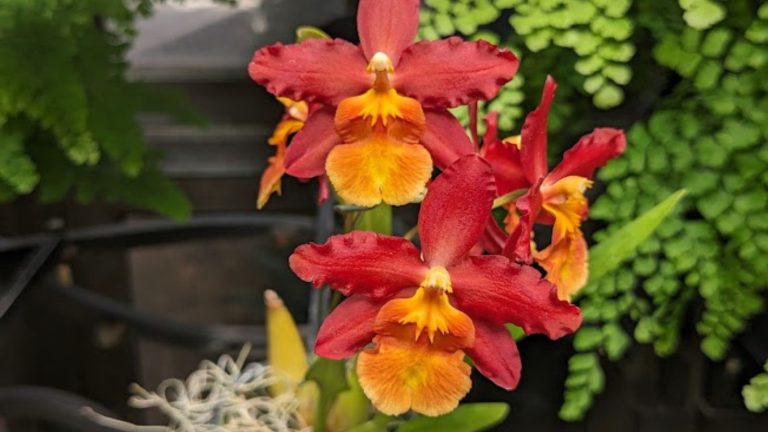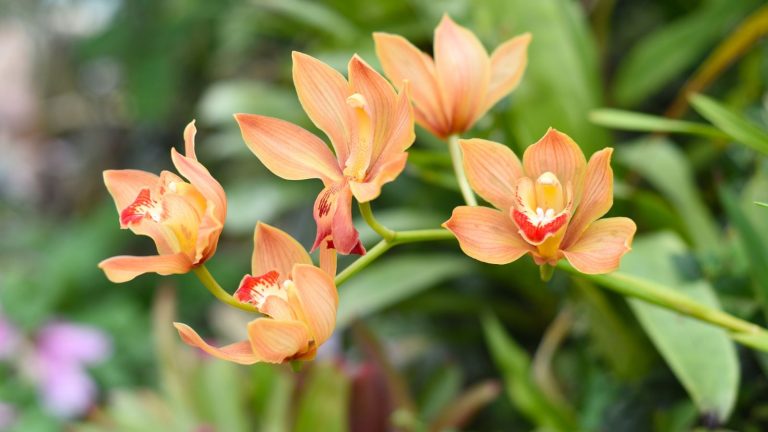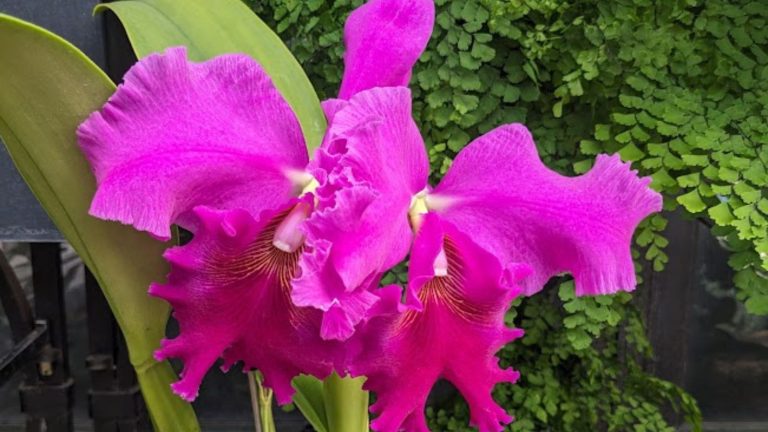Orchid Care Tips
Orchids are incredible, beautiful, exotic plant life forms that we invite into our homes and greenhouses to enhance, beautify, and purify the spaces where we live. They are not only alive, wonderful life forms that are willing companions on the path, but also creatures that support us by giving beauty to our lives, stimulating our intellect and senses, and purifying the air we breathe.
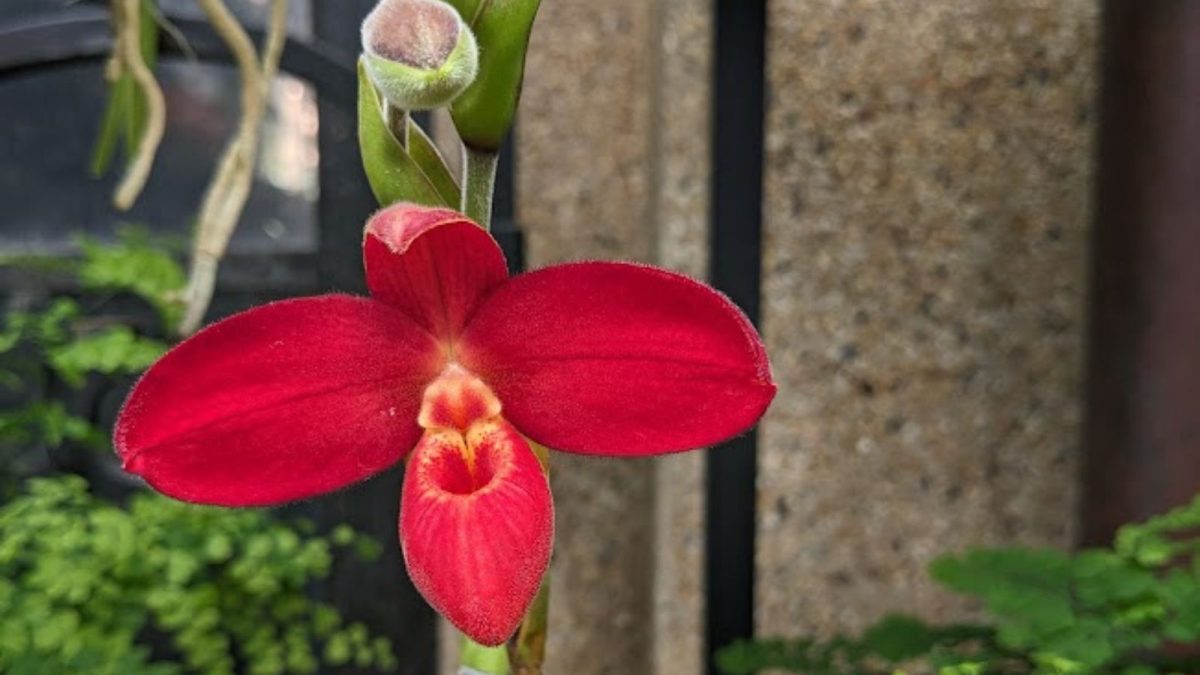
What do they ask in return? Not much really.
It is a given that you will want to care about plants. You need to understand that, like all plants, orchids are a life form, capable of change, growth, and reproduction. How well they do in your care depends on how well you can provide them with what that individual orchid needs to survive and thrive!
Want to grow a specific type of orchid? Check out my list of orchid books to learn what they need to thrive.
Essential Needs Of Orchids
Find out what the cultural requirements are for these lovely plants. A summary of the factors that are generally important and that you must consider is as follows:
- Increased humidity above “normal” indoor humidity (usually 40 – 70%). Here’s a great one to use.
- Correct light.
- Correct daytime and nighttime temperatures.
- An appropriate watering regime for the kind of orchid. Often, there is a need for a pure water source.
- Good fresh air circulation.
- The use of weak (diluted) fertilizer occasionally.
- An appropriate potting medium and pot (container) or mount for the orchid to grow. Check here for orchid pots.
- Re-potting or changing the media as it decomposes or the plant outgrows it.
Just a few of the plant basics are required in caring for orchids. And so here are the primary areas you need to consider: Light, Temperature, Water, Humidity, Air Circulation, and Fertilization.
The first thing to do is determine what environment you can provide for the orchids. Then, choose the orchids that will do best in the environment that you can provide. Of course, that does not help with the orchid that was so amazing that you just HAD to have it, or with the one you were given as a present. But if you are acquiring them yourself, it is best to stick to what will work in your particular light, temperature, and humidity situation. Try to duplicate the conditions where the orchid grows in the wild. Your success will be dictated by your passion and what your growing environment can offer.
Light
The kinds of orchids that you grow will depend on the kind of light you can offer them. Some of the more popular orchids, like Phalaenopsis, prefer bright indirect light, while others, like Dendrobium, like medium light in the 2000 – 3000 foot-candles range.
So, consider what kind of light you can offer. Will you grow in your house? What direction do your windows face? Can you grow on or near a windowsill? Would you consider growing under lights or with a lighting system? Determine what you can offer and find a plant to fit that light regime. Or if you have orchids already, find out what kind they are and what they need in terms of light to thrive.
Temperature
What kind of temperatures does your growing situation have? It is easy to use a thermometer to determine the temperature range at night and during the day. Determine what you can provide and grow your orchids accordingly. Orchids are roughly divided into three temperature groups:
| Warm | Intermediate | Cool |
|---|---|---|
| 80 to 90°F (27–32°C)in the day | 70 to 80°F (21–27°C) in the day | 60 to 70°F (16–21°C)in the day |
| 65 to 70°F (18–21°C) at night | 55 to 65°F (13–18°C) at night | 50 to 55°F (10–13°C) at night |
Most orchids prefer the intermediate temperature range, which most of our homes provide for most of the year.
Water
If you have placed the right orchid in the right light and the proper range of temperatures, all that remains for you to be successful in caring for orchids is the right watering and fertilizing regimes.
One rule I cannot emphasize enough is never leaving an orchid in standing water. A second rule would be to avoid overwatering your orchids. Overwatering is a typical mistake that beginning orchid growers often make. What many people do not understand is that orchid roots don’t just need water; they also need air.
Many are epiphytes accustomed to having their roots grow openly in the air. Like many things with caring for orchids, there is no simple answer as to when to water. It depends very much on the type of orchid. And it depends on other factors such as temperature, lighting, humidity, media, time of year, etc.
Humidity and Circulation
Most orchids like to live in an environment that is generally more humid than our homes. As a rule of thumb, 40%-70% humidity works well. There are ways to increase the moisture right around the orchids themselves. The best method I have found (and use extensively) is a humidity tray.
A carefully placed fan that provides a very gentle breeze near your orchid plants can accomplish additional air circulation in the home.
Fertilization
In the wild, orchids, particularly epiphytic ones, get nutrients from the decaying organic matter that collects near their roots. Orchids that grow in the ground (terrestrial orchids) obtain nutrients from the soil. These nutrients are very dilute, and it is best to feed your orchids in this dilute manner.
The adage is to fertilize orchids “weakly, weekly”. I like to use about one quarter of the recommended strength of the label. And generally, I fertilize every three or so waterings. It is essential to fertilize when plants are actively growing. I rarely fertilize in the wintertime.
Pests and Diseases
Orchids, like many other long-cultivated plants, are susceptible to pests and disease.
Pests that can be a problem are aphids, spider mites, mealybugs, scale, slugs, and snails.
Diseases that can be a problem are rots caused by fungi and bacteria.
Orchids can get spots on the leaves, which are usually from fungi. They can get blights, which are also generally caused by fungi. And they get viruses. How one deals with orchid disease depends on which disease is present and how far it has advanced.
As with other plants, orchids can have cultural problems as well. The primary ones are overwatering, underwatering, overfertilization, mineral deposits, sunburn, too much or too little light, air pollution, bud drop, pleated leaves, improper planting, improper media, and weeds. Each one of these problems has its own remedy.
